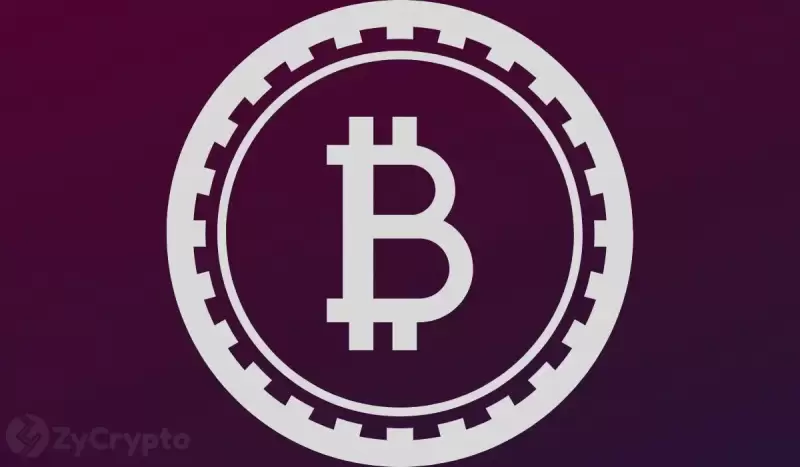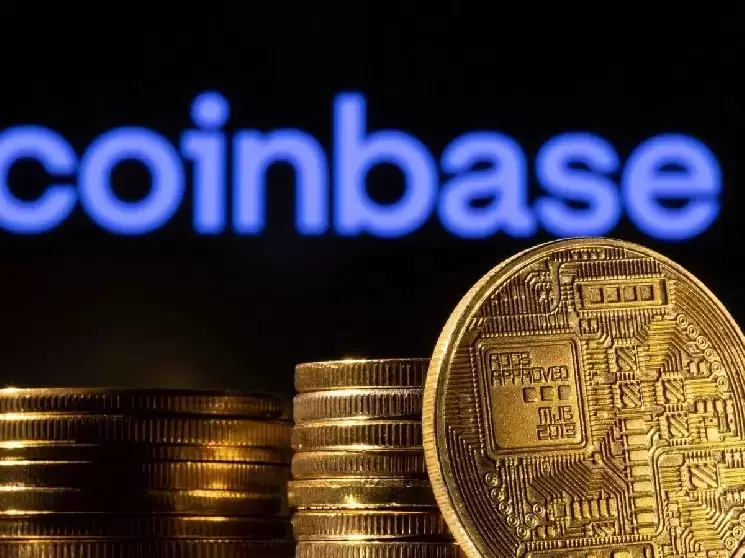 |
|
 |
|
 |
|
 |
|
 |
|
 |
|
 |
|
 |
|
 |
|
 |
|
 |
|
 |
|
 |
|
 |
|
 |
|
Cryptocurrency News Articles
Charles Hoskinson Predicts Ethereum Will Cease to Exist in the Next 10 to 15 Years
Apr 25, 2025 at 02:31 am
Hoskinson again made a prediction that Ethereum might cease to exist in the next 10 to 15 years because of the fundamental weaknesses in the design and ecosystem.

Charles Hoskinson, a former co-creator of Ethereum and the founder of Cardano, has once again expressed optimism about Ethereum’s short-term survival.
During a recent interview, Hoskinson made a prediction that Ethereum might cease to exist in the next 10 to 15 years because of the fundamental weaknesses in the design and ecosystem.
Highlighting what he sees as flaws in the consensus process, virtual machine, and accounting model, Hoskinson attacked the blockchain, saying that these are serious flaws that won’t last for ten to fifteen years. He added that if these structural problems were not tackled, the platform could come to its end.
Hoskinson’s comments come as the second-largest cryptocurrency continues to scale through upgrades such as Pectra and Fusaka, which are designed to enhance performance and reduce fees. Nevertheless, questions about the coin’s future still exist, especially as it had a 9.3% weekly price increase up to $1,743.
Layer-2 Solutions Draining Ethereum’s Value
The Cardano founder went on to criticize Ethereum’s reliance on layer-2 (L2) solutions, calling them “parasitic.” Moreover, he asserted that L2 networks like Arbitrum and Optimism are stealing value from Ethereum’s main chain.
Consequently, with more and more users drawing on L2s to be able to get things done faster and cheaper, the demand for ETH on the main network starts fading away. However, as Hoskinson pointed out, it also threatens Ethereum’s economic model.
“L2s are sucking value from the main chain,” he stated, warning of potential long-term damage.
The Ethereum L2 ecosystem has come a long long way with the likes of zk-rollups that deal with the scalability problems posed by the throughput of the main chain. However, with the introduction of L2 native token for the purpose of payment of fees and governance, the utility of ETH has decreased and one has started questioning its role in the ecosystem.
“We are running so much complexity with Ethereum, we continue to talk to the developers that are active in the community to help alleviate the interfaces across the stack and make sure everyone has the same access to those tools,” Hoskinson said. He likened it to the trajectory of Myspace and Blackberry, other tech giants who did not survive competition and poor internal management.
The Cardano founder also highlighted governance issues, predicting a “hostile governance split” that could fracture the Ethereum community. Cardano’s own scaling solutions, Hydra and Midnight sidechain for example, he pointed to as a more sustainable way forward.
Ethereum Fells Through Major Upgrades
Despite these critiques, the second-largest cryptocurrency is anything but stagnant. While the Pectra upgrade has been planned for early Q2 2025, the aim will be to fix the scalability issue with growing the validator set size and transaction efficiency. Later in the year the network will be further enhanced by the Fusaka upgrade.
These updates are a part of Ethereum’s broader plan to ensure that it continues to maintain its position as the most prominent blockchain platform. For instance, the recent Scroll upgrade promises up to 90 percent lower fees, which would make it more competitive.
However, Hoskinson remains skeptical. He urged Ethereum developers to adopt a “telescoping protocol design” similar to Cardano’s Ouroboros-Leios and to consider shifting to the RISC-V instruction set for better efficiency. “You have to solve your technological problems,” he said, criticizing Ethereum’s proof-of-stake implementation.
To this end, Ethereum, despite Hoskinson’s warnings, remains to be the blockchain that’s currently dominating the decentralized finance (DeFi) space. As per data from CoinMarketCap, Ethereum’s market capitalization still is the second-largest in crypto market after Bitcoin.
Hoskinson went on to add that if Ethereum doesn't come up with a solution to the mentioned issues, it may have a number of its users migrating to Bitcoin DeFi platforms. The applications of DeFi on Bitcoin, like the Lightning Network for faster transactions, are becoming more and more popular.
Disclaimer:info@kdj.com
The information provided is not trading advice. kdj.com does not assume any responsibility for any investments made based on the information provided in this article. Cryptocurrencies are highly volatile and it is highly recommended that you invest with caution after thorough research!
If you believe that the content used on this website infringes your copyright, please contact us immediately (info@kdj.com) and we will delete it promptly.



























































